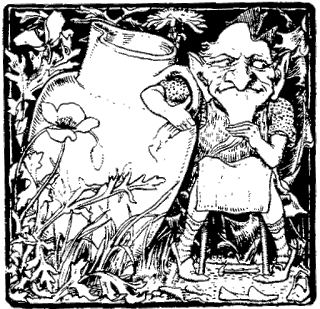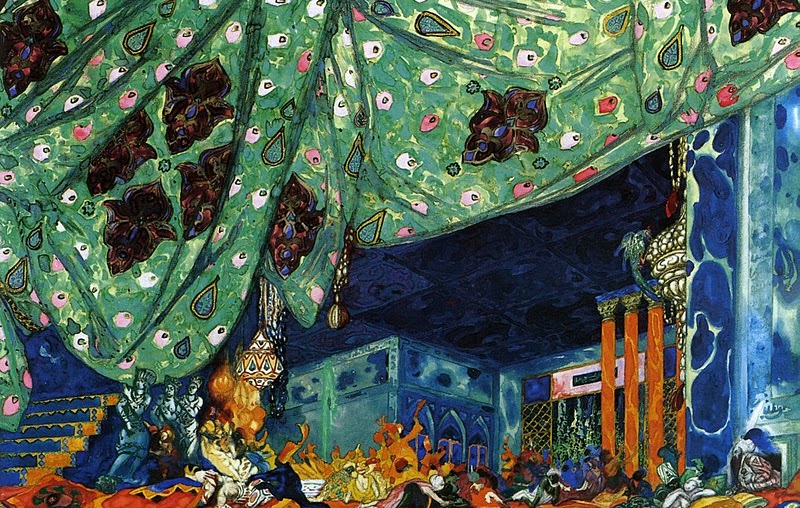
The Old Jester, Pablo Picasso, 1963.
Metropolitan Museum of Art, New York.
© 2018 Estate of Pablo Picasso / Artists Rights Society (ARS), New York
When it comes to the complexities of human nature, Oscar Wilde was rarely wrong. “Man is least himself,” he said, “when he talks in his own person. Give him a mask, and he will tell the truth.”
Three years ago a dear friend and colleague died just as Donald Trump’s candidacy for president was beginning to gain momentum but before the reality of the election had roiled and thrashed its way into the foreground of our awareness. Before her death she asked me to finish a manuscript she’d been working on about the psychology of persona — the various attitudes, masks, and dramatis personae by which we adapt to the world and also shape it.
Exhausted by grief and terrified by the prospect of the upcoming election this task weighed heavily on me, but as it carried the unquestionable mystery of a dying wish, I slogged on with it. One particularly tumultuous and bleak day in the presidential campaign, I heard what I hoped was a phantasmal rumor that Trump’s book How to Get Rich contained a chapter called “Read Carl Jung. ” Hoping it would not irreparably damage my karma, I ponied up $.01 on Amazon to see for myself—and there it was. And it was all about persona.
“Each of us has a persona. We need it for survival. It’s the face we put on for public use. It can be intentional or unconscious… For example, a salesman who lost his entire family in an accident is, naturally, devastated. But to work effectively with his customers, he must appear cheerful and confident…The only danger is when people become their personae. That means something has been shut off somewhere along the line, and those people will end up hiding behind the false personality that works professionally. As I am very much in the public eye I gave this considerable thought. Fortunately, I am aware of my public side as well as my private side, and, while I’m not one for hiding much, I know there are several dimensions in which I operate. That’s one reason I feel at home in The Trump Organization. The people I work with know I’m not entirely a glam guy”. (Trump and McIver 2004, 79–80)
I had several very anxious thoughts: Had Trump actually read Jung? Was this the work of ghostwriter Meredith McIver? Did that mean Trump had a Jungian on staff? And then symbolic reality landed: whatever the literal case had been, like every powerful mask the Trumpist persona both revealed and concealed a potent distillation of underlying attitudes and emotions alive in American culture.
As I wrote in Sherry Salman on Persona: Some Thoughts on TrumpWorld, Tricksters, and the Artifice of Persona, much has been made of the Trumpist persona that has infected political and social life: the nastiness, the entitlement, the lack of decorum and respect, the willful ignorance of history, the disregard or rage toward the other, the foolish grandiosity, the illusions and masking of facts and figures, the compulsive even gleeful lying, the dumbed-down crass language, the repetitive prejudices that substitute for innovative ideas, and the disconnect between “tell it like it is” transparency (fake honesty) and actual integrity. Trump often appeared to be actually possessed by this persona, which created the sense of an aura of evil around him, or at least a swampy sense of malignant narcissism the intoxicating vapors of which served to garner attention, admiration, and power — and to repel.
As I thought about these things, the obvious suddenly occurred to me: there was no ‘sound of one Trump clapping’, and there could be no “Trump” without an audience of others. Alone he disappears. So there is nothing to be gained by indulging in diagnosing Trump the man as a narcissist, a sociopath, or whatever else might apply. It was much bigger than that. Trump was, and still is, a master performance artist, playing the role of a ubiquitous American hero—the con artist—running a soulless game on the American public, a game, however, that is a real conduit for powerful communal emotions and attitudes. “Trump” is mythic.
Trump’s mask and the masquerade that surrounds him is resonant with the mythology of Trickster figures the world over, whether they be the elves and Celtic “little people” who create mayhem and mischief when ignored, sending us restless dreams and turning our morning milk sour, or the benighted American-grown types like Wile E. Coyote, a self-proclaimed ‘genius’ who nevertheless never quite manages to get away with murder and catch Bugs Bunny, or the really serious mythological figures like the Nordic Loki, who aim to destroy and end the world itself. All Tricksters sow CHAOS (as Trump likes to crow on Twitter), they dupe others cruelly and often themselves ridiculously, love to cross the line and bust boundaries just because they can, act in open defiance of established order by disrupting or obliterating the status quo, play tricks and ‘gags’ (dumping Secretary of State Rex Tillerson while he was on the toilet, firing Andrew McCabe mere hours before he became eligible for his pension hahaha), indulge their appetites every chance they get (Trum

Leprechaun, “The Field of Bolianus”. Source: T.C. Croker, Fairy Legends and Traditions of South Ireland (1862)
p does love a tasty Bunny), and generally act shamelessly, often very aggressively, and always opportunistically. In the psychology of the Trickster, up is down, fake is real, amorality reigns, and what’s been hidden and dirty is right on display.
But here’s the thing: in the olden days, this upturning and reversal of the social order and the flouting of acceptable behavior was considered to be holy, healthy, and especially revivifying—and it was given a special time and place in the annual calendar, ritually contained and structured within the larger ecology of human life. With the approach of the winter solstice, the Roman ritual of Saturnalia, for example, was characterized by social class and gender role reversals, human offerings, masked carnivals, hedonism and general riotous behavior. The King of the Saturnalia (who later morphed into the medieval ‘Lord of Misrule’ of the Feast of Fools — dubbed in Scotland ‘The Abbot of Unreason’), was known for his capricious commands and blasphemous abuses that created a temporary chaotic and absurd world.
But now, like a Saturnalian masquerade running amok and looping endlessly—a trickster and a fool is President of the United States.
But here’s the other thing: the purpose behind Tricker’s machinations, destructiveness, and ludicrous antics has always been nothing less than the renewal of the world. The reversal of the world’s order is necessary for its re-creaction. As Lewis Hyde explored so beautifully, Trickster makes this world. Trump the man will not ‘drain the swamp’, but Trickster might just end up revitalizing American democracy just as things look like they can’t get any worse. We are at an initiatory crossroads, the favorite hang-out of Trickster, a quick-change artist wearing multiple and confusing masks pointing at multiple signposts and possibilities between which we must choose. CHAOS indeed.
This is also not new. Traditionally, masks were always used during initiation rituals — either into cultural norms to maintain social authority and stability, or, as a vehicle to escape from that same collective authority. Trump seems to use his for both.
The etymology of the word mask traces back to Arabic, meaning “buffoon,” then into the European “masquerade,” and then to our modern sensibility “to hide or protect the face”. Belonging to the mythic arts of drama and storytelling that in turn trace their lineage back to shamanism, masks can disguise and deceive, capture and reveal, protect, disown, dissociate, embody, even transform. Like the dramatis personae in the best plays, masks provide ritual catharsis of powerful emotions — like fear, rage, and disappointment, and access to shadowy attitudes not ordinarily available in our daylight hours — attitudes considered dangerous by traditional societies if experienced directly “in your face.” If used properly in a sacred or artistic context, a mask acts as a buffer and a filter between the wearer, the viewer, and those powerful emotions, lessening feelings of vulnerability and suffering, allowing us to “save face” under trying circumstances.
If used improperly for personal gain, we “lose face” and become petrified or possessed by overwhelming emotions and rigid attitudes. As we are now painfully aware, the filter and sense of initiation into a higher calling seems gone from social and political life. In this context masks are terrorizing. This terrorizing aspect of all tribal or cultic masked rituals was always designed to discipline and lock-in behavior, to maintain collective stasis and “tribal roles,” and this is where we may be right now. We feel this in the fired-up adulating crowds of Trump supporters, the defiant and polarized stances of both political parties, the spreading fear, the collective anger, the anxiety everywhere. The current crisis testifies to the power of the “in your face” Trumpist Trickster that looms over collective life, so very shamanic in its ability to mesmerize, energize, and terrorize.
My friend won’t get to find out how this Trickster tale ends: whether Mueller’s net tightens and Trump is caught in a trap of his own making, whether the American soul becomes diminished or enlivened, whether the masquerade fulfills its purpose of renewal, or leaves us petrified or possessed by extreme emotional states into rigid attitudes, losing our human faces. But right now by choosing to stay open, humble, and unafraid, perhaps we can slip—even just a bit—out of the mythic scenario and live to tell the tale.
Just don’t take your eyes off the Trickster.

